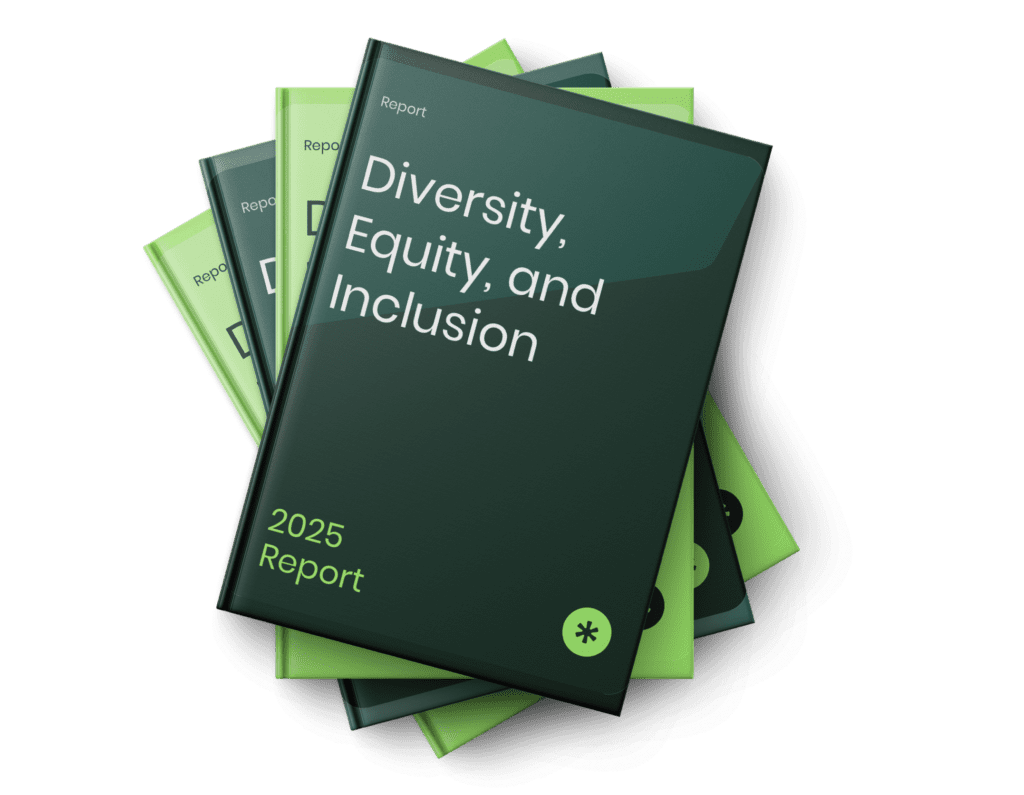Technology can play a key role in mitigating the effects of climate change in the world. While it may be argued that technology is responsible for many of the climatic problems, truth is that it is the same tech that will also offer a way out of this conundrum.
However, technology is often a product of concentrated R&D efforts by companies and organizations, thereby making it a subject matter of Intellectual Property. Since the tools of IP, like, Patents, Trademarks, Copyrights, etc., limit its usage to a select few, there is a debate about whether fostering innovation and encouraging IP rights narrows the dissemination of technology that can be used to save the environment. Let us explore the role IP can play in steering the course of action.
Table of Contents
Relevance of IP
Green energy technologies have the potential to offer alternative and clean means that can arrest climate change and maybe reverse the damage. Energy-saving mechanisms, greener means of transportation, etc. are things that can only be made possible by research and innovation. Global policy initiatives stress the role that technology will play in shaping our future.
Since technologies attract IP protections, IP, especially patents, become the core of the issue. Patents award exclusive rights of usage to the inventor and prevent others from using their invention without permission. Incentivising creativity and innovation are one of the primary goals of a patent.
The World Intellectual Property Organization (WIPO) acknowledges and encourages the role patents will play in the creation and dissemination of technology. Since all patents are published, the knowledge is available to the general public which makes patents a valuable source of information.
This information provides policymakers and businesses with a window into the emerging technologies and players involved in the field. It can be used to chart out business strategies and policies that are poised to address the needs of the future.
From the Earth Summits to the Paris Agreement in 2018, nations have stressed the need to allow the flow of technologies that can assist in climate action. The role of the IP system as an essential mechanism for technology development and diffusion has also been emphasized. However, the transfer of technology is only possible if barriers to the use of technology are made flexible.
Does IP Hinder Dissemination of Technology?
Dissenters point out the monopolistic foundation of IP Rights and the adverse effect it has on quickening the pace of climate action. The problem of access is central to this debate.
The exclusion rights granted to patent holders make them unaffordable to those who truly need them. the lengthy and costly patent filing process discourages small innovators from investing in innovation.
Also, sustainable innovations are sometimes just minor changes to an existing design but may not qualify for a patent as they do not satisfy the condition of novel or non-obvious.
- Following are the ways in which the robust IPR regimes of developed countries may hamper access of developing nations to sustainable tech:
- Restricting local innovation due to the presence of large multinational companies with patent rights.
- Inability to use patented technology by local firms or researchers due to the prohibitive licensing costs.
- Levying additional conditions on a local firm by international corporations even if they manage to furnish the licensing fee makes it tougher to get the license.
- Royalties to be paid by developing countries for acquiring the tech put a huge dent in their resources and cause financial woes.
- Protracted lawsuits and threats of patent litigation further slowdown the process of diffusion of technology.
Addressing the Concern of Patents as Barriers
Whether IPRs create a barrier is dependent on factors such as, whether or not the technology is patented, whether viable and cost-effective substitutes are available, the level of competition, the selling price, and the degree of fairness of terms for licensing, etc. The problem of IP barriers to access green technology may be addressed by the following mechanisms:
- Regulating Voluntary Licenses
International standards and national legislation could be involved in regulating the terms of voluntary licenses to make them more favourable. Limiting the patent holder’s rights to refuse a license grant, fixing a fair royalty fee, monitoring other costs levied on the licensee, etc., are some of the ways to address the issue. By overseeing the fair implementation of licensing terms, the dissemination of sustainable technology can be pervaded. - Introducing Compulsory Licenses
The TRIPS Agreement endows member states with the right to provide compulsory licenses under certain conditions. If a country feels that a particular technology may be instrumental in attaining its goals of mitigating climate change, then these are valid grounds to impose compulsory licensing on the patent holder. This can be a simple means to ensure that developing nations have access to green tech without worrying about excessive licensing fees or long-drawn negotiations.
Conclusion
IP Rights can function as a source of invention and diffusion if they work under the aegis of open innovation. collaborative agreements between government, governments and national organizations etc., can form successful models for green technology to permeate.
The adoption of IP enables the creation, adaption, and distribution of technology that can help mitigate the effects of climate change. Encouraging green technologies that foster sustainability is now a pivotal focus of global environmental policies, and stronger IP Rights are a fundamental part of this process.
About TTC
We’ve constantly identified the value of new technology carried out by our pretty skilled executive crew with backgrounds as our professionals. Like the IP professionals we empower, our starvation for development is never-ending. We IMPROVISE, ADAPT, and IMPLEMENT in a strategic manner.
TT Consultants offers a range of efficient, high-quality solutions for your intellectual property management ranging from
- Patentability Search
- Invalidation Search
- FTO (Freedom to Operate)
- Patent Portfolio Management
- Patent Monitoring
- Patent Infringement Search
- Patent Drafting & Illustrations
and much more. We provide both law firms and corporations in many industries with turnkey solutions.
Contact Us



